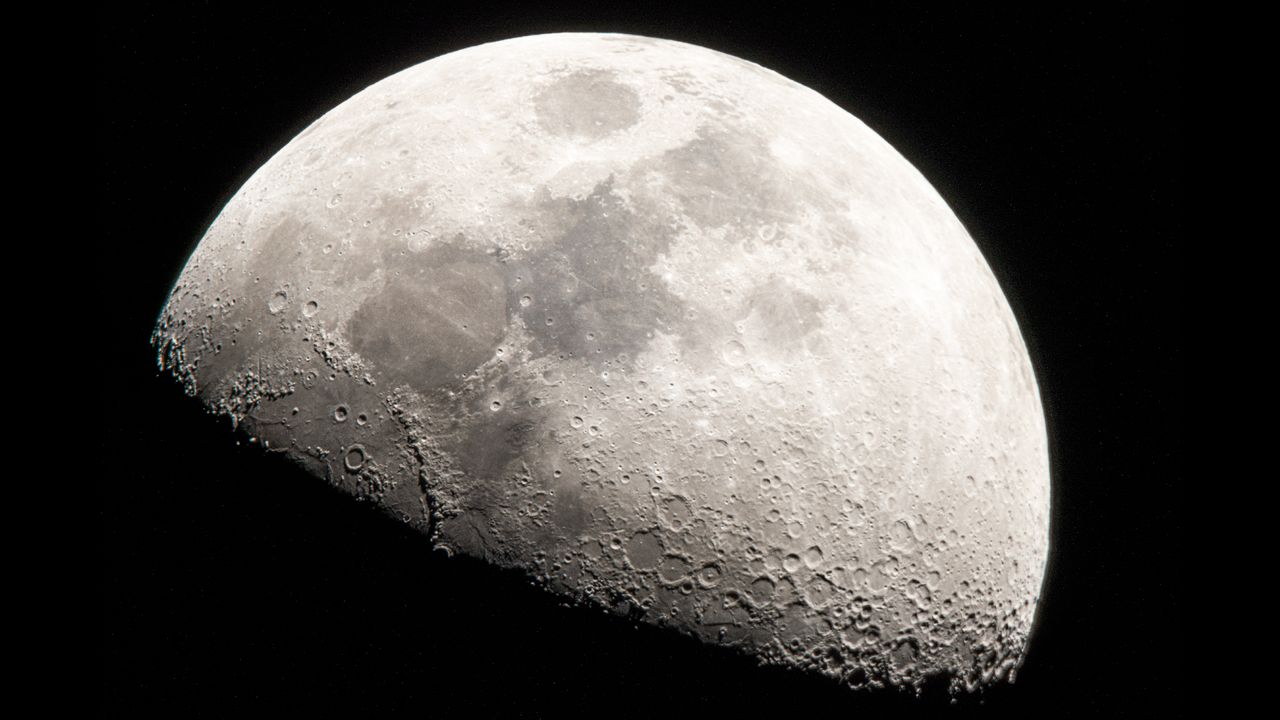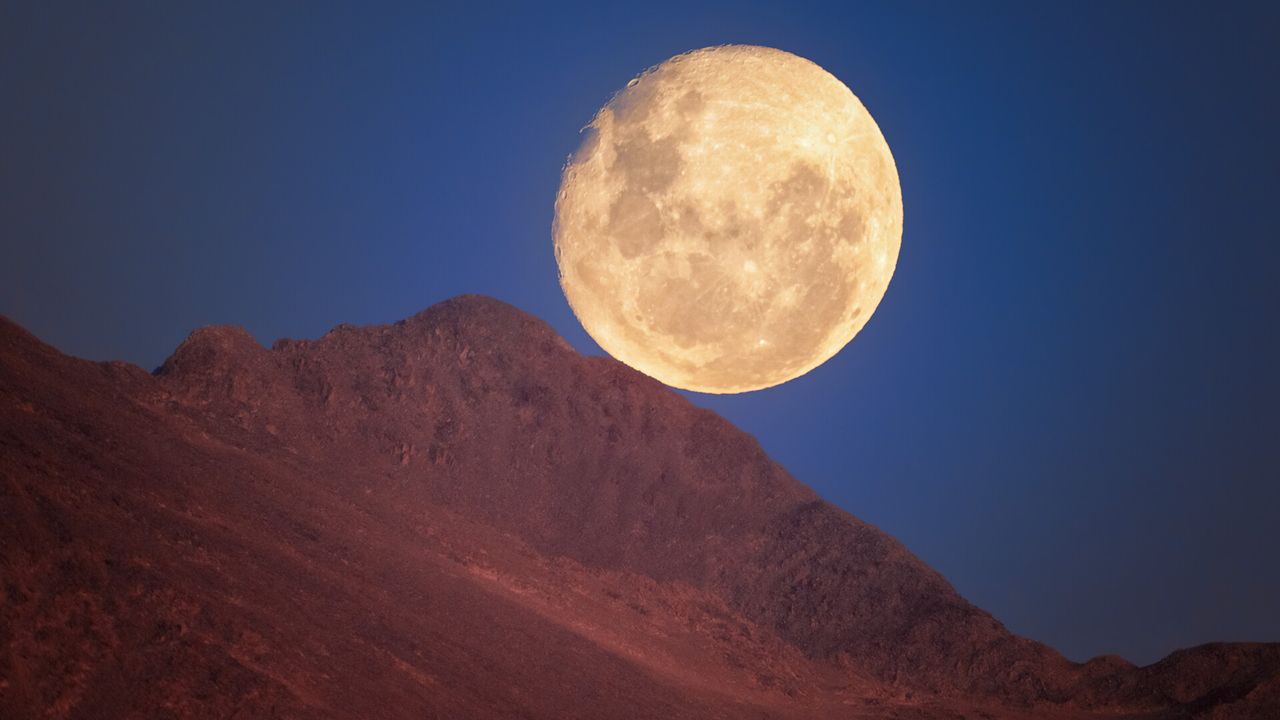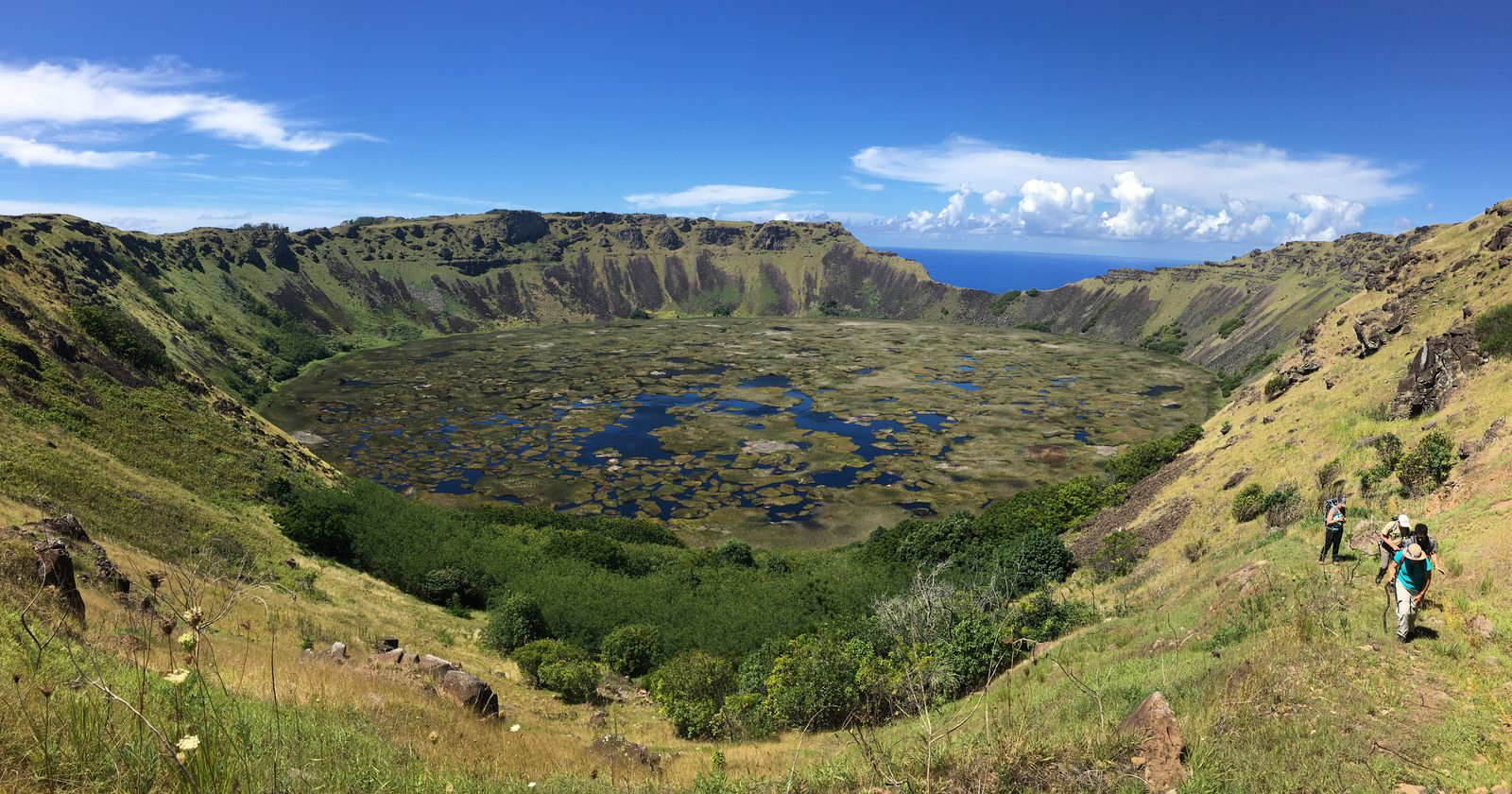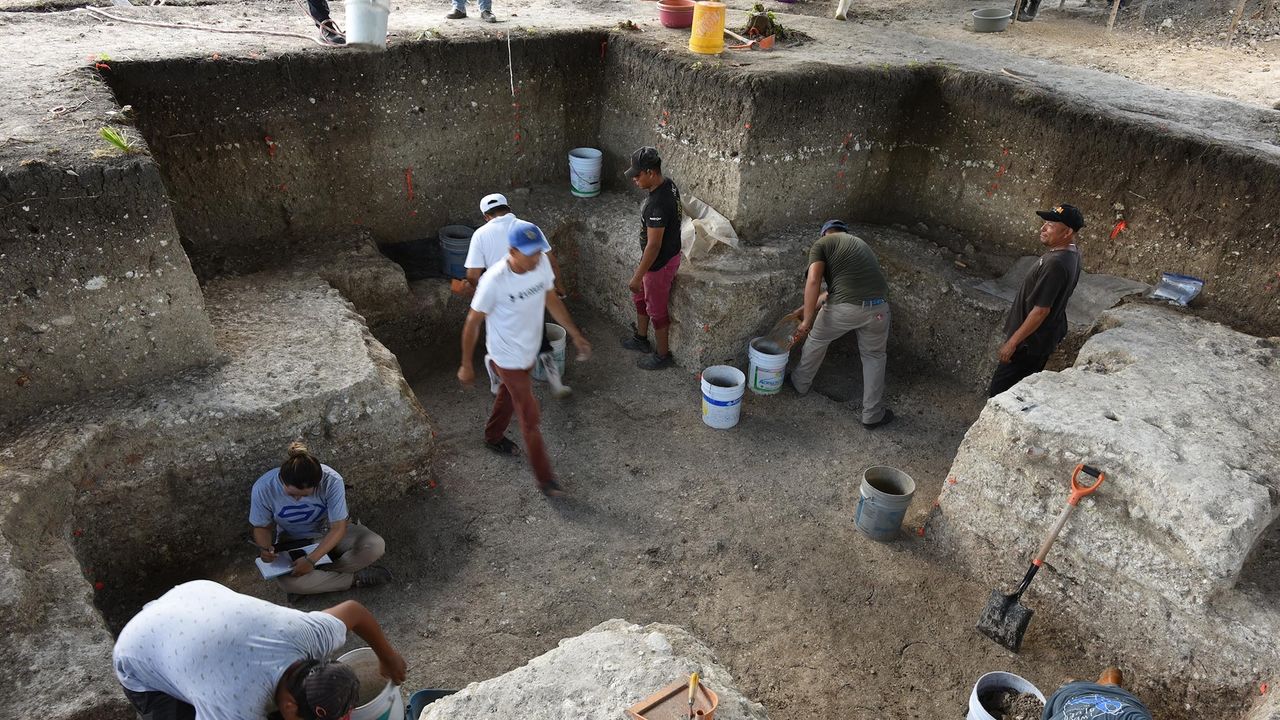Scientists finally find explanation for lopsided cloud that follows Earth's moon through space
PositiveScience

Scientists have uncovered the reason behind the moon's peculiar lopsided dust cloud, attributing it to significant temperature variations between day and night. This discovery not only enhances our understanding of lunar phenomena but also sheds light on the complex interactions between celestial bodies and their environments, making it a significant advancement in the field of astronomy.
— via World Pulse Now AI Editorial System





